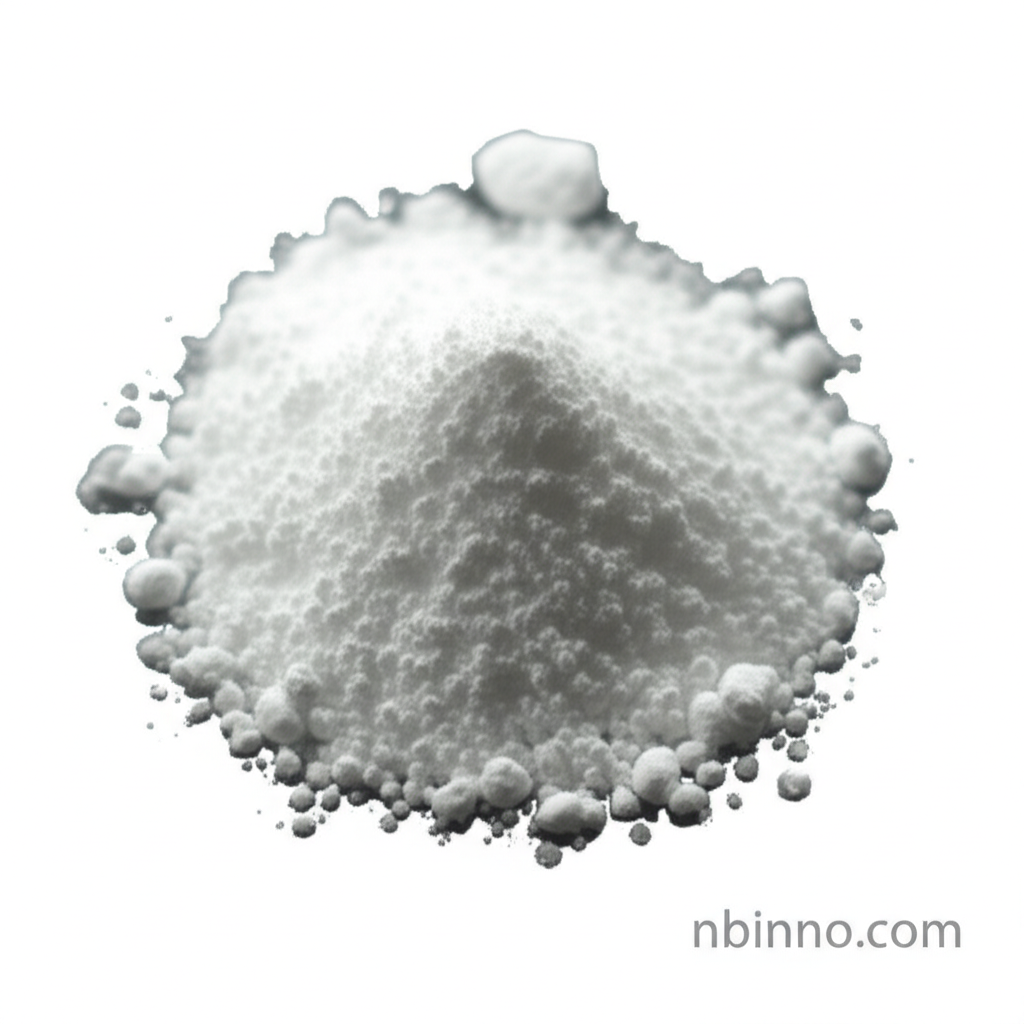Unlock Advanced Electronics with 1,4,5,8-Naphthalenetetramine
Experience enhanced conductivity and performance in your OLED and organic electronic devices.
Get a Quote & SampleProduct Core Value

1,4,5,8-Naphthalenetetramine
This high-purity 1,4,5,8-Naphthalenetetramine (CAS 2187-88-4) is a pivotal organic semiconductor intermediate, renowned for its strong electron-accepting properties. Its stable, planar, and highly symmetric structure makes it an indispensable component in the advancement of organic electronics, particularly in OLED technology.
- Discover the potential of 1,4,5,8-Naphthalenetetramine CAS 2187-88-4 for next-generation electronic materials, offering unparalleled performance.
- Explore how this naphthalene-1,4,5,8-tetracarboxylic dianhydride semiconductor precursor can dramatically improve electrical conductivity in co-deposited films.
- Leverage the benefits of using a high purity OLED chemical intermediate to ensure the reliability and efficiency of your devices.
- Utilize this potent electron accepting molecule for electronics to create advanced organic semiconductor solutions.
Advantages You Gain
Superior Electron Affinity
The inherent electron-deficient nature of its carboxylic groups grants 1,4,5,8-Naphthalenetetramine a high electron affinity, crucial for efficient charge transport in electronic devices, directly impacting device performance.
Enhanced Conductivity
Studies show that this organic semiconductor precursor significantly boosts electric conductivity when co-deposited with certain metals, making it ideal for electron transporting layers in OLEDs and photovoltaics.
Versatile Application Potential
As a key intermediate, it serves in the preparation of novel fluorescent markers and facilitates charge transfer complexes, demonstrating its broad utility in specialized chemical synthesis for advanced materials.
Key Applications
OLED Technology
The unique electronic properties of 1,4,5,8-Naphthalenetetramine make it a vital component for improving electron transporting layers and overall efficiency in Organic Light-Emitting Diodes.
Organic Photovoltaics
This material shows promise in enhancing the performance of organic solar cells, contributing to more efficient energy conversion through its charge transport capabilities.
Semiconductor Synthesis
As a fundamental building block, it is utilized in the synthesis of advanced organic semiconductors, enabling the development of novel electronic materials with tailored properties.
Specialty Chemical Research
Researchers employ this compound in the development of new fluorescent markers and other specialized organic molecules for various scientific applications.
Related Technical Articles & Resources
Why Choose Us?
Leverage our expertise and state-of-the-art infrastructure to accelerate your journey from discovery to commercial success.
Global Experience
With 20 years of R&D, manufacturing, and sales experience, we proudly serve clients across 60 countries and regions worldwide.
Advanced Facilities
Our in-house R&D laboratory, pilot platform, and large-scale production workshop are equipped to meet the audit requirements of global customers.
Seamless Scalability
We facilitate a perfect transition from small-scale lab requirements (grams) to full commercialization (hundreds of tons).
